Burma
Southwestern Burma, along the border with Bangladesh, as of 2017 is the site of what most people consider to be a genocide occurring against the Rohingya people, some half of a million of whom have fled to Bangladesh. Keep abreast of regional news and developments. Generally if an area is off limits, tourists will not be able to travel there.
Fighting continues between regional armies and the state army in parts of Shan State in Burma’s north. Foreign tourists have been recently (in 2016) injured by landmines in the same state. Travel to Kalaw and Hsipaw is considered safe, but travellers should keep an eye on news for recent developments.
Indonesia
Aceh, on the far western tip of Sumatra, practises sharia law. LGBT travellers should be aware of harsh penalties, including public whipping, for homosexuality. Yes, it is a disgrace.
More than anywhere else in the region, Indonesia has been blighted by terrorist bombings, notably the Bali bombings of 2002 (202 dead) and 2005 (20 dead), and Jakarta in 2003 (12 dead) and 2004 (9 dead). There have been other, smaller attacks. Indonesian authorities continue to arrest and, on occasion, kill terrorists planning further attacks. In a number of attacks foreigners have been specifically targeted.
Malaysia
The Semporna and Sipadan areas of Sabah State have been the site of a number of terrorist attacks and kidnappings. Travel outside of mainstream touristed areas is not recommended. Travellers to this area should prepare for a heightened and very obvious security presence.
Thailand
The far southern Thai provinces of Pattani, Yala and Narathiwat have been the scene of a long-running, slow burning secessionist movement for nearly 20 years. Thousands of people (6,500 between 2004 and 2015) have been killed and thousands more injured (over 11,000 across the same period) in random bombings, targeting killings, assassinations and military actions. Little compelling evidence exists of foreign travellers being specifically targeted, but some foreigners (mostly Malaysians) have been killed.
Most foreign embassies warn off all but essential travel to these three provinces and we agree with this warning. Travel through the region (Narathiwat province sits on a popular route between Thailand and Malaysia) is probably okay, but we wouldn’t linger.
General considerations
You may not see the same degrees of safety applied to many things as you see in the West. Road, rail, sea and air accidents are far more common than they should be.
Driving skills often leave much to be desired and driving under the influence is common. Bus accidents caused by the driver falling asleep are common. Minibuses are often overloaded and driven by maniacs. We avoid travel by minibus when feasible and overnight bus trips, too.
While derailments do occur, the state of train travel continues to slowly improve. Travellers should be aware that trains often do not have the same safety restrictions they might be used to. Notably, windows can often be opened and doors are often left open during travel. Watch your kids. Don’t hang out of the door when the train is moving.
Boats are frequently overloaded and operated erratically. They sink or catch on fire not infrequently. Travel by speedboat in Thailand is not recommended, especially ex-Phuket. Public ferry transport in Indonesia operates with little in the way of serious safety precautions. We do not consider the fast boat services between Bali and the Gili islands to be operated safely and we do not recommend using them.
An ICAO report noted that 33% of air accidents in Southeast Asia between 2008 and 2012 indicated weak regulatory oversight across the region. Most Indonesian airlines are banned from flying to the EU and there are compelling concerns about the state of safety and training—both of the air crews and air traffic control.
Motorbikes and scooters
The most likely way you will injure yourself (or die) in Southeast Asia is in a scooter or motorbike accident. Most travel insurance will, not unreasonably, require that you have a license to ride a motorbike in order to be covered for any accident while riding one. As we've mentioned repeatedly, always wear a helmet, ideally, a full-face one.


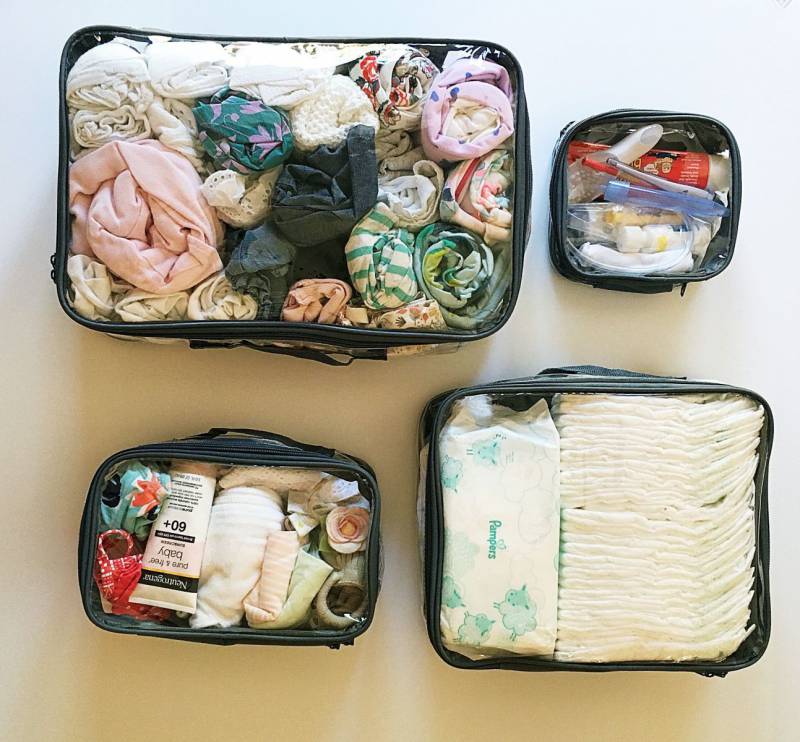
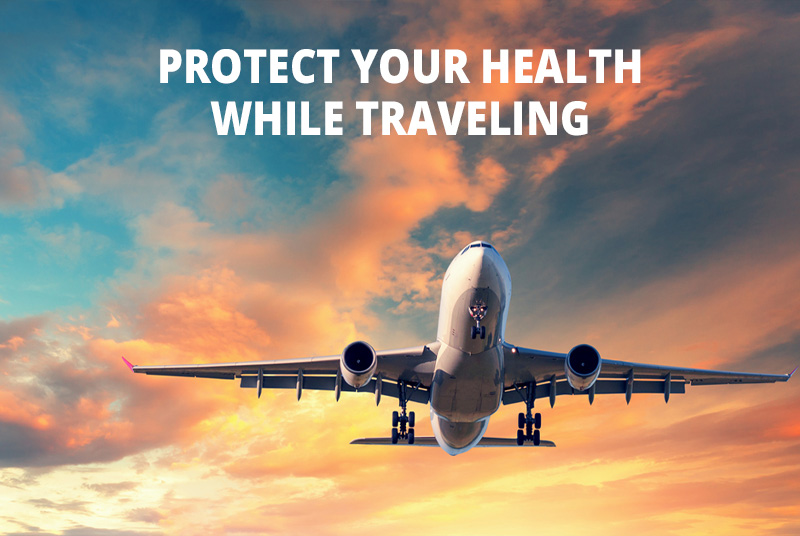
.png)
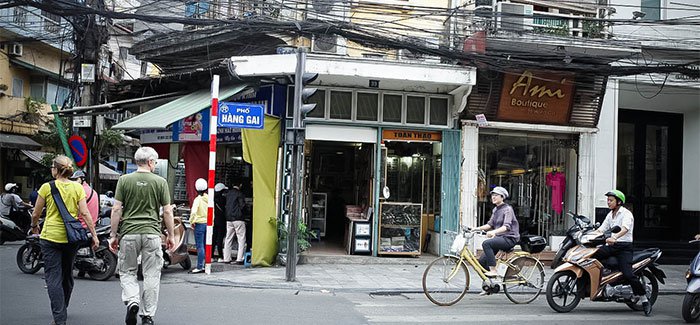
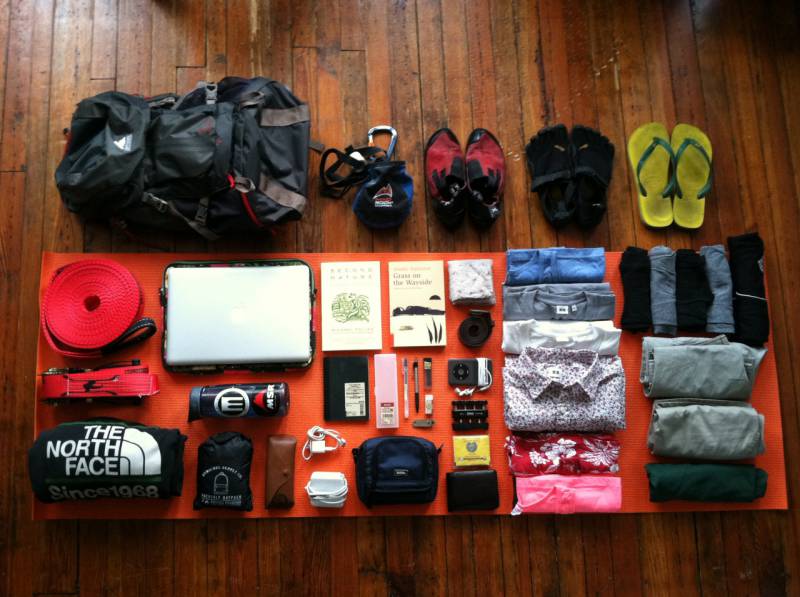
.jpg)

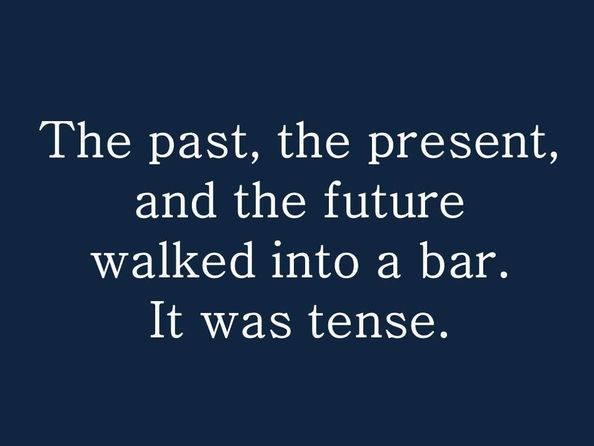

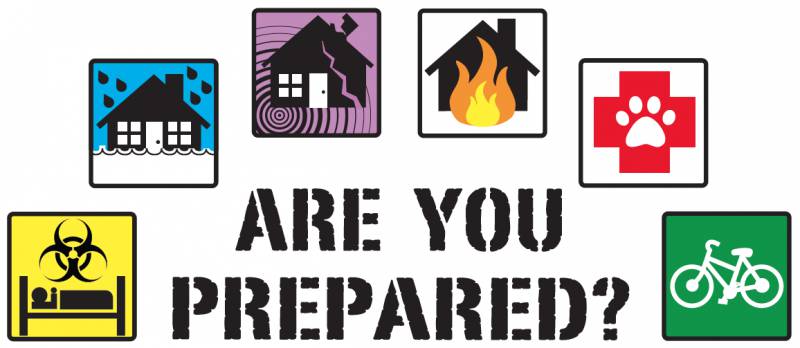

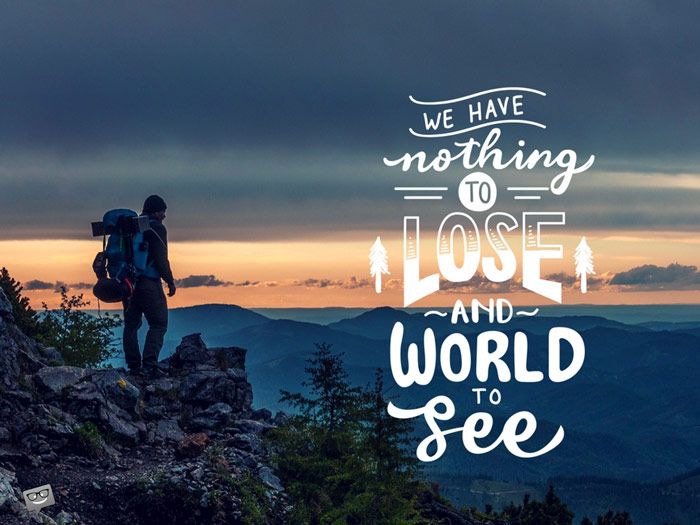
.jpg)

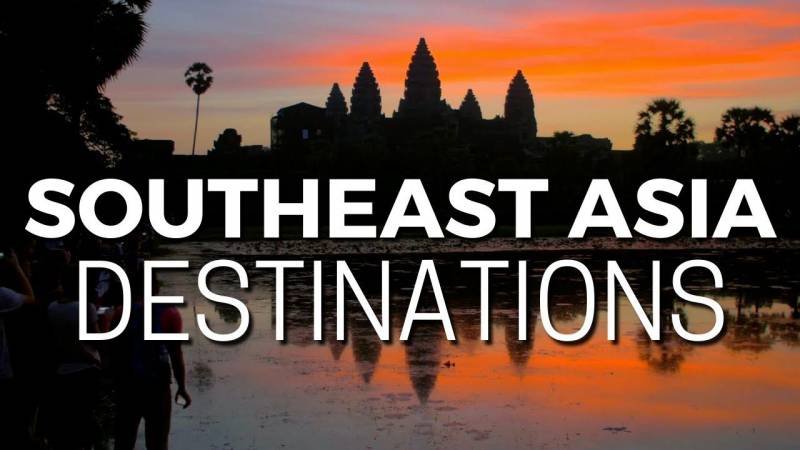
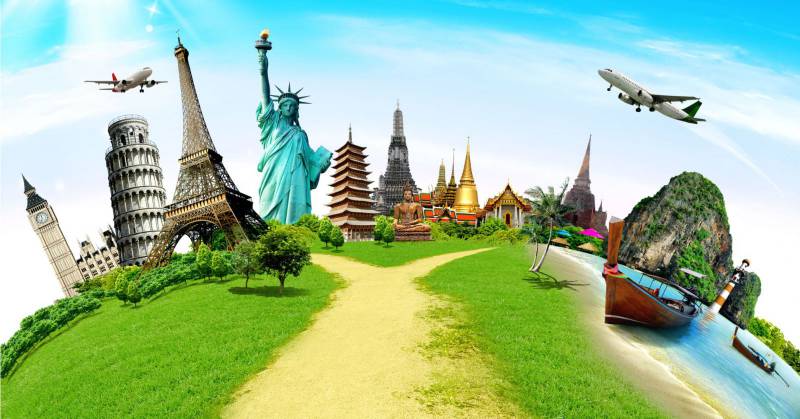
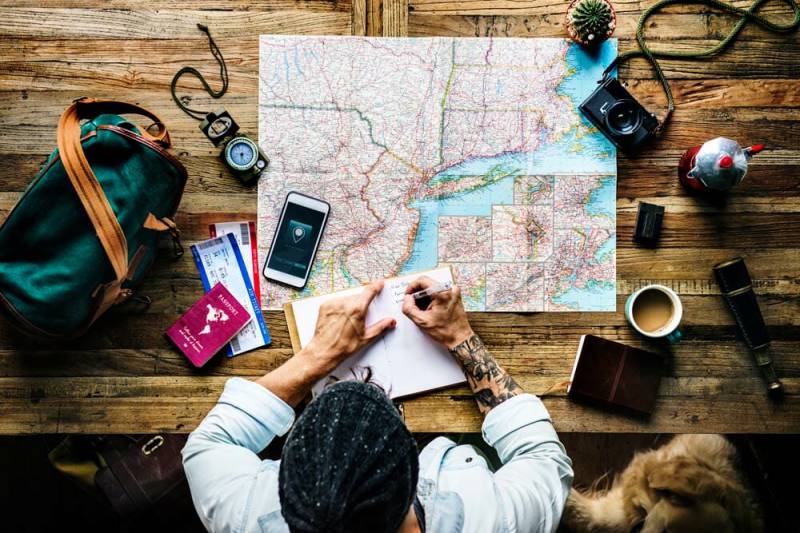
.jpg)






